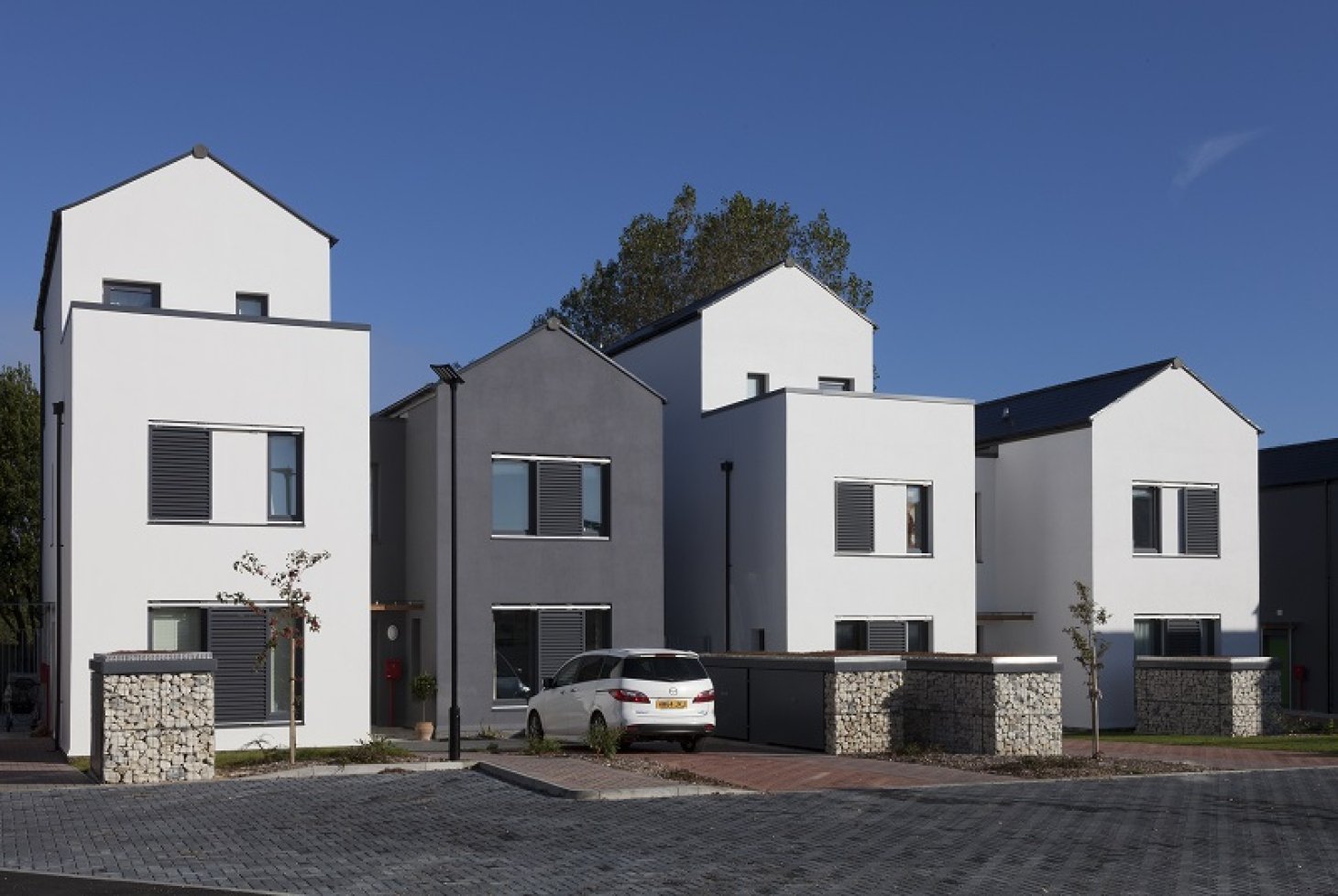
Government announced its direction of travel in the Future Homes Standard in England, with an arguably rather rushed set of proposed alterations to Part L, Conservation of Fuel and Power.
As outlined in my earlier analysis of the Standard this ambitious document is designed to support the drive towards zero carbon housing – and fast.
While supportive of the objectives, we at H+H felt unable to respond to the consultation quickly, not least because the consultation SAP system designed to allow us to model proposed solutions contained technical glitches that made in-depth review impossible.
Responding to this problem, as well as acknowledging that related consultations - particularly around the issue of overheating - are ongoing, the MHCLG has announced that the consultation period on Part L will be extended to 7 February.
This is still tight, but I think the government will be keen to demonstrate that it has a real intention to tackle CO2 emissions with positive action.
The decision to eliminate gas as a heat source for new homes signals a significant development of the government’s position, making it clear that zero carbon in operation is the performance goal for new homes – to be achieved in a relatively short time frame.
Dramatic headlines aside, this declaration starts to acknowledge the role of housing in the wider debate about energy use and generation. The proposed alternative to gas for heating in new houses is currently the use of heat pumps: such technology reduces the CO2 emissions for the individual house, but actually needs considerable electricity to operate if the fabric is not addressed properly. Fine if the primary energy generation is clean, but problematic with our current energy generation infrastructure.
Then there is an ongoing debate about indoor air quality – and hence the review of Part F of the building regulations relating to ventilation. To meet current, let alone higher, fabric-based energy efficiency standards, airtightness is a key performance requirement.
We all know that a completely airtight house is not a pleasant or healthy environment in which to live and we are also becoming acutely aware of the potential for overheating in homes that have no through-ventilation. And yet a house with sufficient ventilation for comfortable living is potentially likely to be one that leaks heat.
It seems to me that in the quest to reduce the carbon emissions from housing we need to acknowledge four things:
- -
- It is completely logical that energy efficiency should be built into the fabric of the home as much as is practically possible. That way, performance is not dependent on any individual technology. But regulations need to acknowledge that there is a point where the gains to be made by further increases in fabric efficiency are outweighed by issues of practicality and cost. -
- There is a much wider, societal debate to be had over energy use. The biggest reduction in CO2 emissions from the whole housing stock would probably be produced by a 1 degree reduction in the indoor temperature of all centrally heated homes rather than by any focus on the efficiency of new houses. -
- We should acknowledge that all homes will always use energy and focus on clean forms of energy generation that can prove to be net zero carbon throughout their construction, operation and end of life decommissioning. -
- Far more attention needs to be paid to the overwhelming majority of homes that are already built. It seems plain daft to focus all energy reduction ambitions on new homes while doing nothing to address the profligate generation of emissions from inefficient older houses.
These are complex issues with objectives that often involve conflicting or contradictory remediations. We certainly need consensus and we need action fast.
At H+H we are very positive about the growing debate over energy efficient housing. We are very confident that aircrete has answers to all the building performance arguments and also believe that the sheer longevity provided by masonry build will be increasingly valued by whole-life carbon calculations.
While the wider debate grows, we will focus our attention on ensuring that whatever the outcome of the consultation process on Parts L and F of the building regulations, we have clearly communicated solutions to enable our housebuilding customer to meet all new standards.